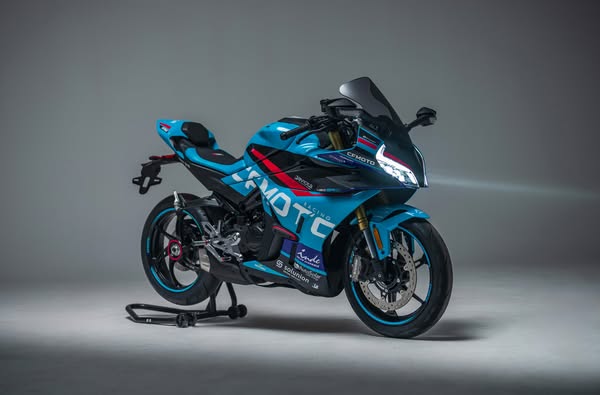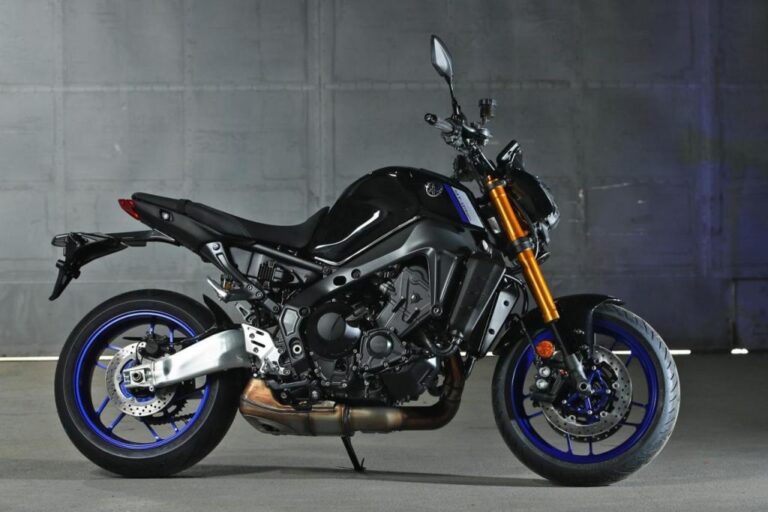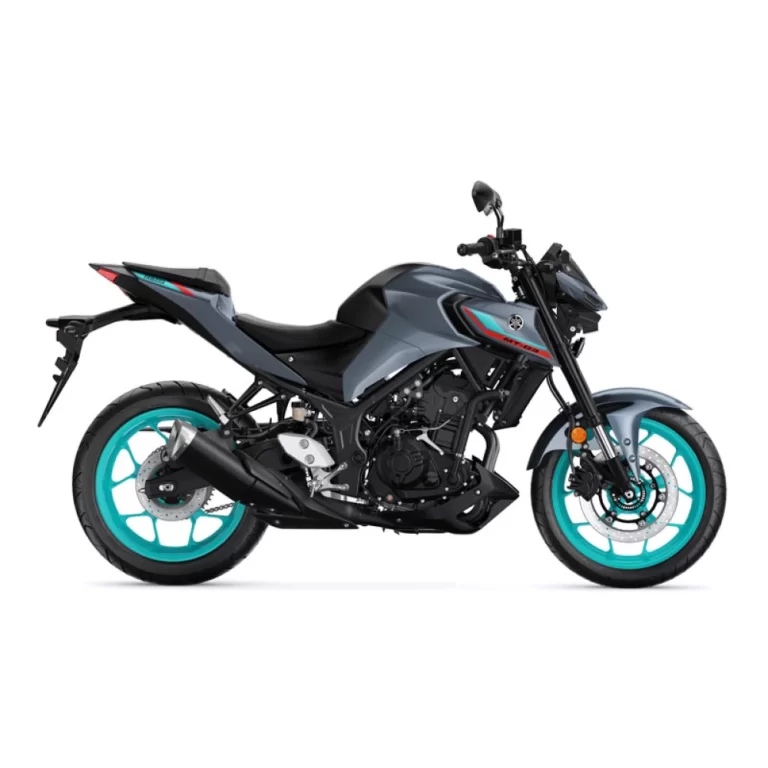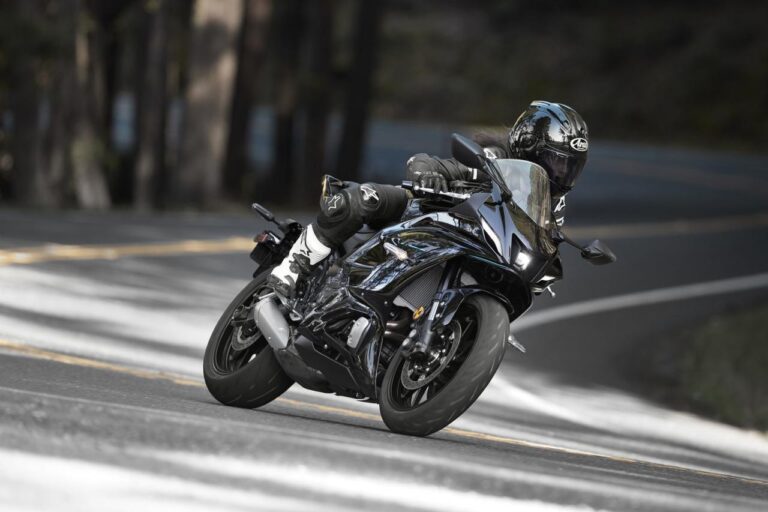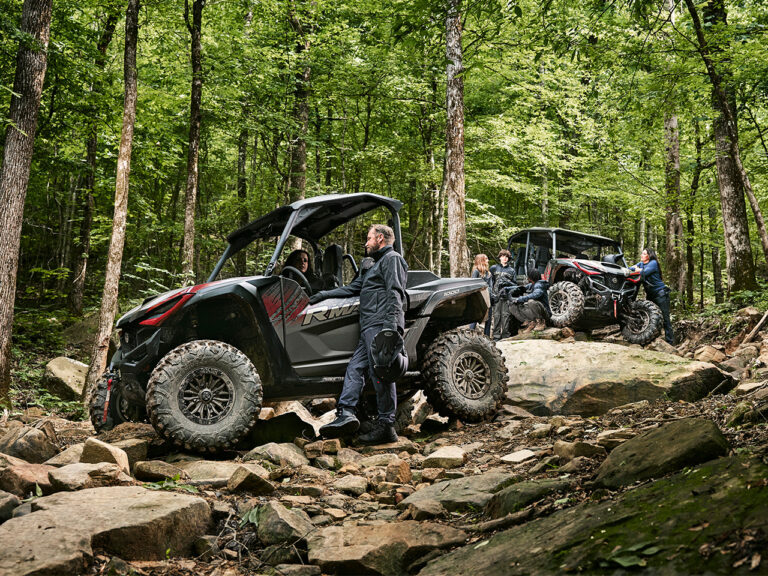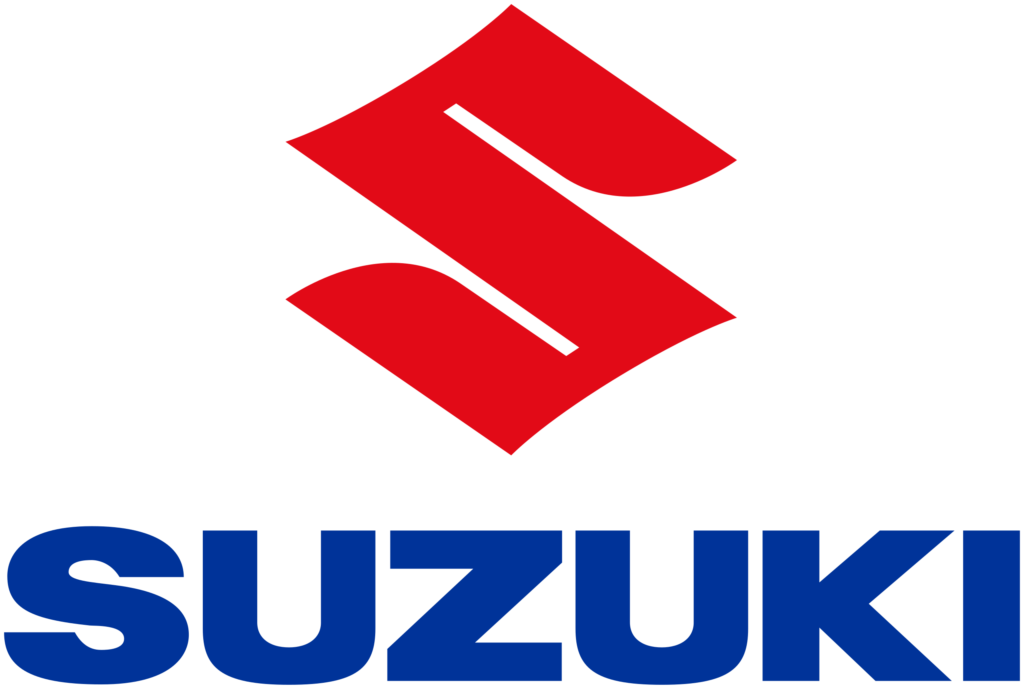Yamaha’s 2022 XSR900 is a Triumphant Update
Yamaha has finally announced the new 2022 XSR900 motorcycle. It’s a significant improvement over the old one in terms of both technology and appearance. The bike has been in line for an update ever since Yamaha launched their all-new MT-09 last year, and it does not disappoint. This is our first look at what could be one of the most popular motorcycles around next year!
The XSR900′s recipe has always been to take the structure of the MT-09, including its CP3 triple engine and aluminium frame, and wrap it in vaguely retro bodywork without being a tribute to a certain model. For 2022 that hasn’t changed, but the components have all been renewed.
The Engine
This engine is now the latest 889cc version of the CP3 instead of the previous 846cc unit. With the extra capacity comes another 4 hp, taking it to 117.3 bhp at 10,000 rpm. Torque has increased too, from 64.2 pound-feet to 68.6 pound-feet. It peaks at 7,000 rpm instead of the 8,500 rpm previously.
In addition to the new engine, the latest XSR900 has a cast alloy Deltabox frame from the MT-09. With a varied wall thickness to help get the best mix of weight, flex, and rigidity. It has similar spin-forged wheels that originated on the MT-09. Thus reducing both rotating and unsprung mass for a boost in performance and handling.
The chassis, however, isn’t a direct carryover. Yamaha has added a much longer swingarm. Thus increasing the wheelbase from 56.7 inches to 58.9 inches. So the overall length has increased from 81.7 inches to 84.4 inches. Above the new swingarm is a subframe that is explicitly designed for the XSR900. It has a cafe-racer-style seat and an exaggerated hump behind the rider’s perch. It also has extended, foldaway passenger footpegs for anyone brave enough to ride on the pillion pad.
Appearance
While the more extended wheelbase might not mean sharper handling, Yamaha predicts the new XSR900 to turn quicker than its predecessor. This is thanks to the lightweight wheels and a head pipe that’s mounted more than an inch lower than the old bike. This drops the top yoke and the bars in the process. Therefore reducing steering resistance by 14%. The bike is lighter than before, too, with a curb mass of 193kg. When it comes to styling, Yamaha has switched to a Deltabox frame. This brings the bike’s appearance forward by a decade. The previous XSR900 was somewhat inspired by 70s designs. The new 2022 model is more in line with an 80s throwback.
Overall, the bike is a big step forward from the previous XSR900. The old model’s headlight received some feedback saying they were a little too high. The lower chassis of the new one does solve that problem though. The rider’s seat appears to be mounted much further back, too. This change gives a more genuine representation of older bikes.
2022 Yamaha XSR900 Technical Specs
Price and Availability: TBD
Engine: 889cc, liquid-cooled cross-plane three-cylinder
Bore x Stroke: 78.0 x 62.1mm
Compression Ratio:11.5:1
Fuel Delivery: EFI
Clutch: Wet, multi-disc w/ slipper/assist and quick-shifter
Transmission/Final Drive: 6-speed/chain
Frame: Aluminum Deltabox
Front Suspension: KYB USD fork, fully adjustable; 5.1 in. travel
Rear Suspension: Link-type KYB shock; 5.4 in. travel
Front Brake: 298mm discs w/ ABSRear Brake:245mm disc w/ ABS
Wheels, Front/Rear: 10-spoke, aluminium spin forged, 17 in. x 17 in.
Tires, Front/Rear: 120/70-17 / 180/55-17
Rake/Trail: 25.0°/4.25 in.
Wheelbase: 58.9 in.
Seat Height: 31.9 in.
Fuel Capacity: 3.7 gal.
Claimed Curb Weight: 425 lb.
Christian Sarron
Yamaha has based the design of this bike on Christian Sarron’s original YZR500. Christian Sarron began his career on a Kawasaki when he met French Grand Prix racer, Patrick Pons. Pons helped him get his start in the international racing circuit. His first victory came in the rain in the 1977 German Grand Prix. He was injured in a 750cc race which would begin a trend of numerous injuries for the next few years. In 1982, he again won in the rain at the Finnish Grand Prix, cementing his reputation as an exceptional wet weather rider. He finished the 1982 season 8th in the 350 class and 10th in the 250 class.
He would finish second to Carlos Lavado in the 1983 250 class with another Grand Prix victory in the Swedish Grand Prix. In 1984, he won three times on a Yamaha and captured the 250 World Championship. The following year saw him move up to the premier 500cc division with the Gauloises-Yamaha team, where he won again in the rain at the 1985 German Grand Prix. He finished the season in an impressive third place to Freddie Spencer and Eddie Lawson. In 1989, he again finished third in the 500cc championship behind Lawson and Wayne Rainey.
Sarron’s 500cc career occurred when the bikes suited the sliding style of the Americans who had been brought up on oval dirt tracks, yet Sarron still managed to post good results. In 1994, he teamed up with his brother Dominique Sarron to win the prestigious Bol d’Or endurance race. In 1995 he retired from competition to take on the role of team director for Yamaha’s Superbike team. (Information from Wikipedia)
Get in touch with the team at Trooper Lu’s Garage for details on price and availability.

